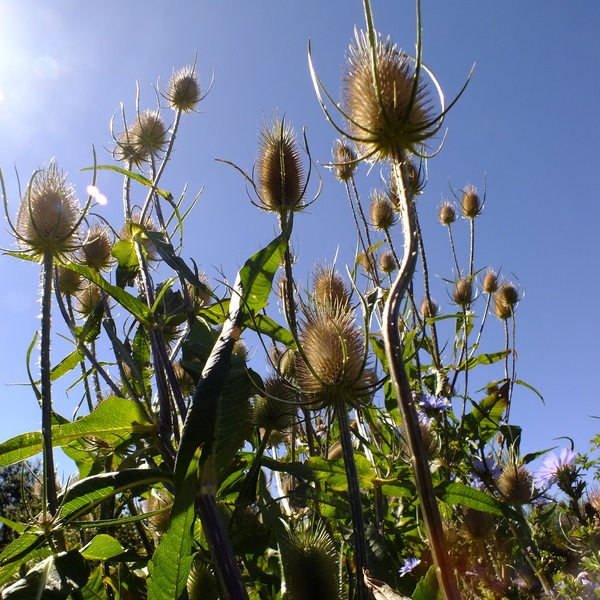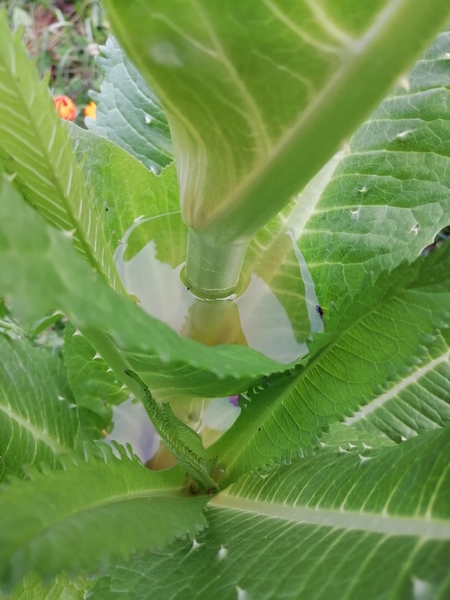Teasel Seeds

Botanical name
Dipsacus fullonum
Details
Fast growing tall short lived perennial flowering plant that needs no care or attention. The distinctive seed heads are popular in floral arrangements.
Values include: wind break, shade plant, water holding plant, soil improvement / stabilisation, biomass production, insect habitat, food source for birds, ornamental
Drought tolerance
Perennial
Price
$3.90
20 seeds
Forest layer
herbaceous
Propagation method
Sow direct
Teasel, scientifically known as Dipsacus, is a genus of flowering plants that belongs to the family Caprifoliaceae. Here are some characteristics, uses, and benefits associated with teasel plants: Characteristics: 1. Biennial Plants: Teasel plants are biennial, meaning they complete their life cycle over two years. In the first year, they produce a rosette of leaves close to the ground. In the second year, they send up tall flowering stalks. 2. Spiky Structure: Teasel plants are characterized by their unique spiky structure. The flowering stalks are covered with numerous small, stiff, and prickly bracts arranged in a spiral pattern around the stem. The bracts can be quite sharp and are known to catch onto fabric or fur. 3. Flowers and Seeds: Teasel plants produce cylindrical flower heads that are initially purple or pink and then turn brown as they mature. These flower heads are composed of numerous tiny flowers. After flowering, teasels produce small, dry seeds that can persist on the plant throughout winter. Uses and Benefits: 1. Textile Industry: Historically, the spiky heads of teasel plants have been used in the textile industry for raising the nap on woolen fabrics. By combing the fabric with teasel heads, the bristles catch and lift the fibers, creating a soft and textured surface. 2. Floral Decoration: The dried flower heads of teasel plants are often used in floral arrangements and crafts due to their unique structure. They can add interest, texture, and a touch of the natural world to floral designs. 3. Wildlife Habitat: Teasel plants are beneficial for wildlife, particularly birds and insects. The prickly flower heads provide shelter, food, and nesting material for birds, while the flowers attract bees, butterflies, and other pollinators. 4. Erosion Control: The deep taproots of teasel plants help stabilize soil and prevent erosion, making them useful in erosion control and land restoration projects. 5. Medicinal Uses: Some species of teasel, such as Dipsacus sylvestris, have been used in traditional herbal medicine. It is believed to have anti-inflammatory properties and has been used topically to alleviate joint and muscle pain. However, it's important to note that medicinal use should be approached with caution, and consulting a healthcare professional is advised. It's worth mentioning that teasel plants can be invasive in certain regions, spreading rapidly and displacing native vegetation. Therefore, it's important to check the local regulations and ensure responsible planting and management of teasel species.
Common name
Teasel, Fuller's teasel
Botanical name
Dipsacus fullonum
Family
Dipsacaceae
Diameter
1.00
Forest layer
herbaceous
Height (m)
1.8
Propagation method
Sow direct
Carbon Equivalent
1.00
Shade / Sun
Full sun - part shade
Soil type
Most
Wind tolerance
Moderate

